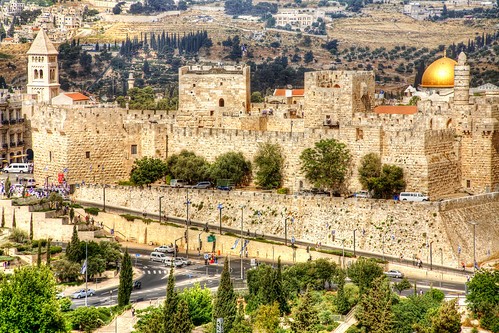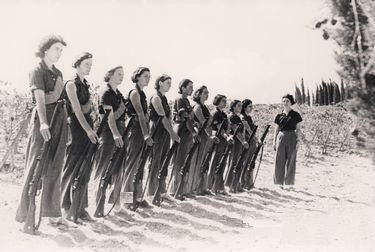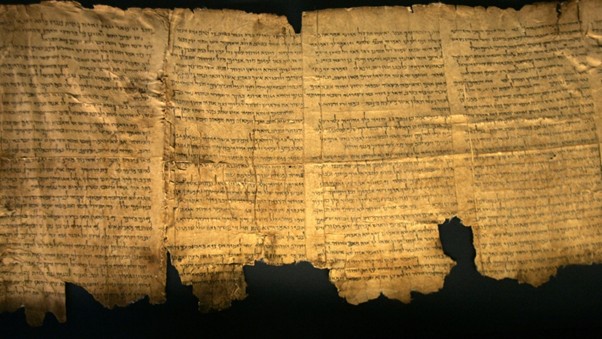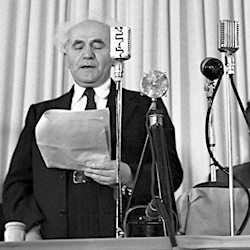For centuries, the Jewish people dreamed of returning to their ancient homeland. From Herzl’s vision to the Balfour Declaration, from the Holocaust to the UN vote, the path to modern Israel has been marked by hope, struggle, and resilience. This post traces how Israel came to be a modern-day miracle — and why its anthem, HaTikvah (“The Hope”), still captures the spirit of its people.
The land of Israel has been home to an extraordinary story.

Exiled
In the decades after Jesus, rebellious Jews, who refused to knuckle under the control of the Roman Empire, sparked the carrying off of most of their population by Rome to a variety of locations across the Empire.

Longing for a return to Zion remained a central part of the prayers and identity of these expatriate Jews.
In modern times, after centuries of dispersion, Jews faced growing antisemitism in Europe and Russia. In the late 19th century, the reaction of writer and journalist, Theodor Herzl, considered today the father of modern Zionism, was to pursue a dream that was simple but bold: a secure Jewish state where Jews could live freely, in dignity, and with self-determination.
A national flag was duly designed. Blue and white, it was inspired by the Jewish tallit (prayer shawl).
Recent History
The walls of Jerusalem’s Old City were built in the 16th century by the Ottoman Turks. For 400 years, the Ottoman Empire ruled the area. With its collapse during the First World War, the United Kingdom took over under what became known as the British Mandate (1917-1948)

That same year, UK Foreign Secretary Arthur Balfour issued what became known as his famous Declaration, expressing the British government’s support for “the establishment in Palestine of a national home for the Jewish people”. Balfour’s Declaration placed international recognition behind Herzl’s vision.
Comings and Goings

During the next three decades, ahead of the formation of Israel, pioneer Jews came to live and work together on collectives known as kibbutzim (groups), turning the desert green and helping the Land towards self-sufficiency.

When Jews began to pour in to escape the Nazis during the Second World War, however, the British imprisoned them or turned away their ships.
A UN Vote and the Dead Sea Scrolls
Long story short: on 30th November 1947, the United Nations voted in favour of the creation of a Jewish state in the land the Roman occupation had renamed Palestine in the second century. Their vote was in part sparked by the recent Holocaust, during which six million Jews were murdered by the Nazis. Never again, it was hoped, would the Jews have no safe home to run to.
On the self-same date, 30th November 1947, the Dead Sea scrolls were discovered. This is an abundant stash of ancient scrolls, many of them biblical, preserved in caves in the super dry climate of the Dead Sea. They date mainly from the 2nd century BC to 1st century AD.

More than three-quarters of these scrolls are in Hebrew, underscoring the Jews’ ancient right to this land. This was their home more than 2,000 years ago. (In fact, the Jews are pretty much the only ancient civilisation still existent.)
If that’s not a God thing…
Jews and Arabs
In 1947 the Jewish leadership accepted the UN’s plan for a two-state country. The Arab leadership, which throughout Israel’s history had never been a sovereign state, rejected it.
In 78 years, that situation has not changed.
A Song of Hope: HaTikvah

On May 14, 1947, Israel’s first Prime Minister David Ben-Gurion broadcast Israel’s Declaration of Independence and the people sang “HaTikvah” — The Hope, a beautiful and moving song first adopted by the Zionist Movement in the 1880s that would become the State of Israel’s national anthem.

Some Arabs reacted by leaving the country, only to drift back later or find themselves long-term refugees in surrounding lands. Some Arab villages where snipers were shooting Jews were cleared, otherwise the Arab population of Israel was invited to remain. Today, the Arab population numbers approximately two million, or 21% of the population.
Arabs and Jews live side by side, predominantly peacefully. We ride buses together, shop together, study and work together…
Jerusalem

For thousands of years, Jews have raised a glass of wine at Pesach (Passover) to, “next year in Jerusalem.” However, at Israel’s creation, Jerusalem was placed under the control of Jordan. This was reversed in the Six Day War of June 1967. Since then, Jerusalem has replaced Tel Aviv as the nation’s capital.
Be first to hear of my posts and receive my emails from Jerusalem, please sign up in the sidebar.



I have a huge love for zidtsel. I have no idea how it started or why it is in my heart so I have only one answer which is that God put it there.
As I have shared with you Bonnie in the past I spent six very happy months in Israel and am looking forward to revisiting Jerusalem.next month for the Feast of Tabernacles with three friends.
I think you are very wise to drop your Masters. You have driven yourself over the past two years with all your other work as well. The Lord will give you His work to do which will be just if not more interesting and fun if you rest in Him and let Him lead you
Blessings
Esther
You are right, Esther. I will have more time to spend with Butch and more time for my own writing, going forward. If you would like/are able to meet when you are in Jerusalem, do let me know.
This is such an interesting and informative post, telling the story of Israel from Roman times. I didn’t realize that the Arab population is 21 %. I listened to the beautiful national anthem. Thank you so much for sharing this.